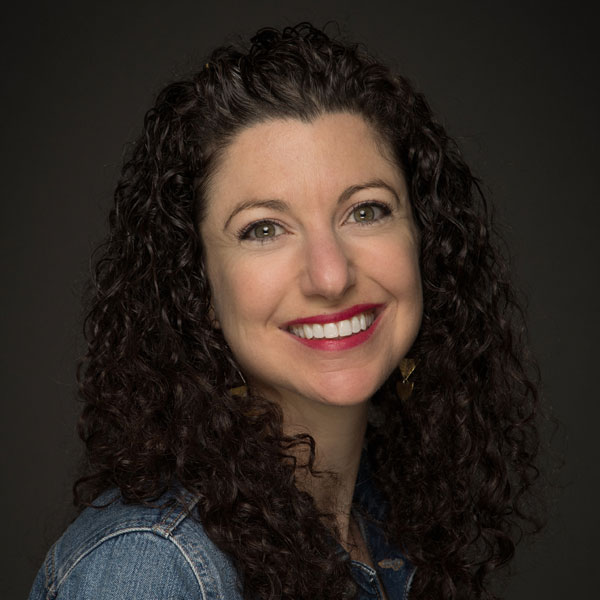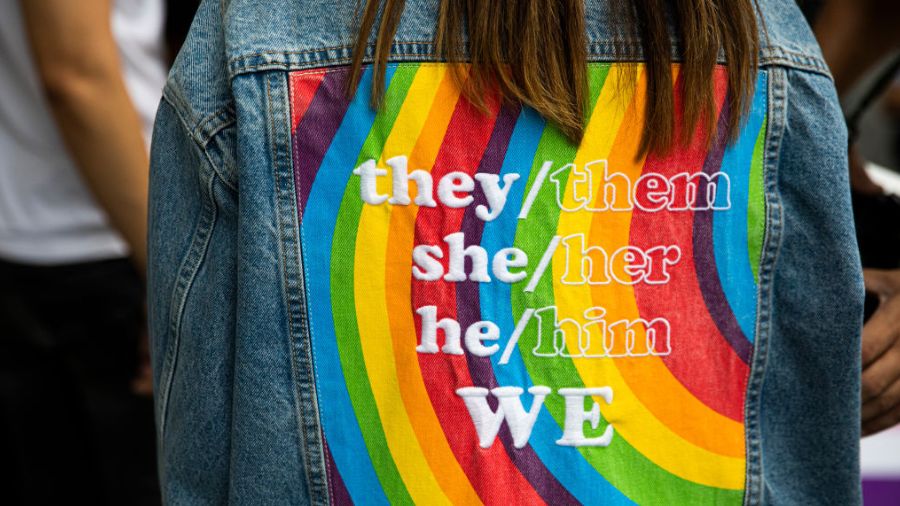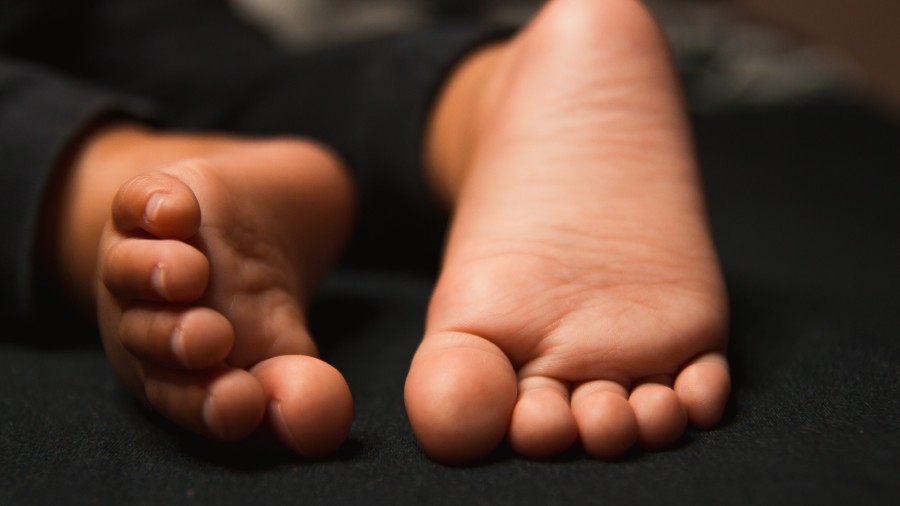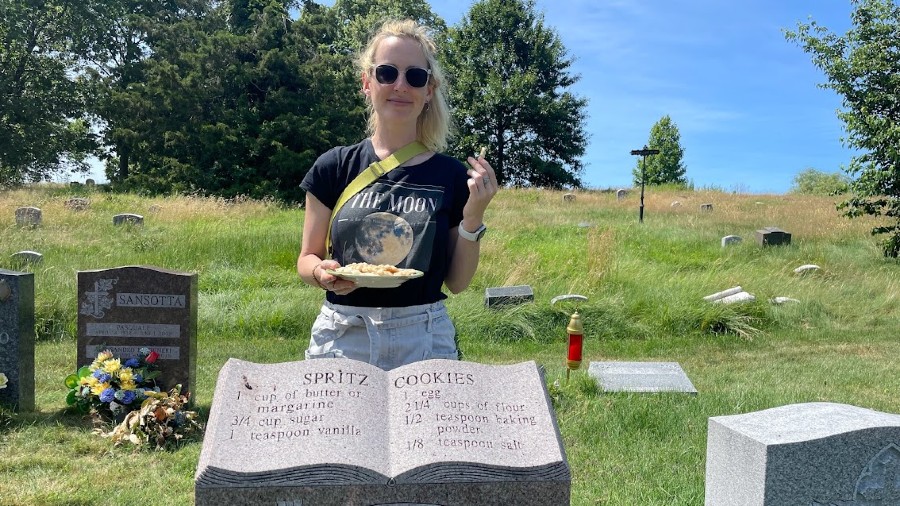Study finds 95 percent of disabled TV characters are played by able-bodied actors
Jul 19, 2016, 5:30 PM | Updated: Jul 20, 2016, 1:38 pm

Seattle's Mindie Lind is writing a TV pilot, where the central character has no legs.
In the 1961 film “Breakfast at Tiffany’s,” it was perfectly acceptable for Mickey Rooney, a white actor, to play Holly Golightly’s squinty eyed, bucktoothed Japanese landlord Mr. Yunioshi — offensive accent and all. In 2016, Rooney’s character is cringe-worthy and seen as simply racist.
So why is it OK for Kevin McHale, an able-bodied man, to play Artie, a paraplegic in a wheelchair on the TV show “Glee?”
A new study co-authored by actor Danny Woodburn, a little person and activist for the disability rights movement, perhaps best known for playing Mickey Abbott on “Seinfeld,” says that 95 percent of disabled characters are being played by able-bodied actors.
“It’s a phenomenon called cripping up, which basically means that they’re asking people without disabilities to represent people who have disabilities,” says Mindie Lind, a Seattle musician, writer, and burgeoning actor who was born without legs. “In Shakespeare’s time, all of the roles of women were not played by women. And when TV and film first started, all of the roles that were representing black people were not played by black people. We all know that that’s offensive. So I think it’s really interesting that we’re so slow burning about how the representations of people with disabilities on television and film are not actually people with disabilities.”
Lind also has a problem with plotlines involving disabled people.
“The stories that get told about people with disabilities, those don’t come from people with disabilities, either,” she said. “So it’s non-disabled people writing and playing the cripp experience and that is a problem because most of the stories that get told about disability are really inspirational. A lot of the stories are like, ‘Despite your disability you’ve overcome obstacles and that made me cry. You’ve defied illness and death, even your own isolation from society.’ So, anyways, what happens to me on the street is that people see me and they think that I’m amazing for going to the grocery store or they want to help at every turn. Because that’s the kind of information that they’re getting. The cripp experience being portrayed to them is not actually based in the reality of what living with a disability really is.”
Lind thinks disabled people should be portrayed in a more interesting way, like real humans, who happen to be disabled. Instead of using their disability as the central plotline, show them as people who date, and have jobs and adventures and mishaps and get involved in wacky sitcom high jinx.
Lind is friends with Mat Fraser, a British, disabled actor who had a part on “American Horror Story: Freak Show.” She says he struggles with being typecast.
“He’s gotten jobs under the freak-show role and that’s great,” Lind said. “Freak show is a part of cripp history. The first time cripps were ever asked to have an occupation it was to be a performer in the freak shows. So in that way, it’s really rich and really interesting to me that we are at the same time not being asked to be performers in our mainstream media because that was our first and main form of occupation. So to get out of that role is proving very difficult for him.”
Lind says there are disabled actors out there, and she thinks there would be more if Hollywood created a space for them. In the meantime, she’s co-writing her own TV show, and casting herself as the lead.
“I think if people with disabilities who are acting are being really smart about it, they should be writing their own content. And assume that they’re not going to get the roles that they really want, so they need to make that content,” she said. “People with disabilities need to be pushing very hard to make the art that represents us.”













